From Eyebeam: 10 Propositions that Our Residents Left Us
June 28, 2016, 00:00
This year, we opened up the studios of our artists-in-residence to the world to show their explorations in the worlds of social justice, biofabrication, computer vision, and open hardware, and what they discovered on their journey of invention. Here are ten things that we learned.

This year, we opened up the studios of our artists-in-residence to the world to show their explorations in the worlds of social justice, biofabrication, computer vision, and open hardware, and what they discovered on their journey of invention. Here are ten things that we learned.
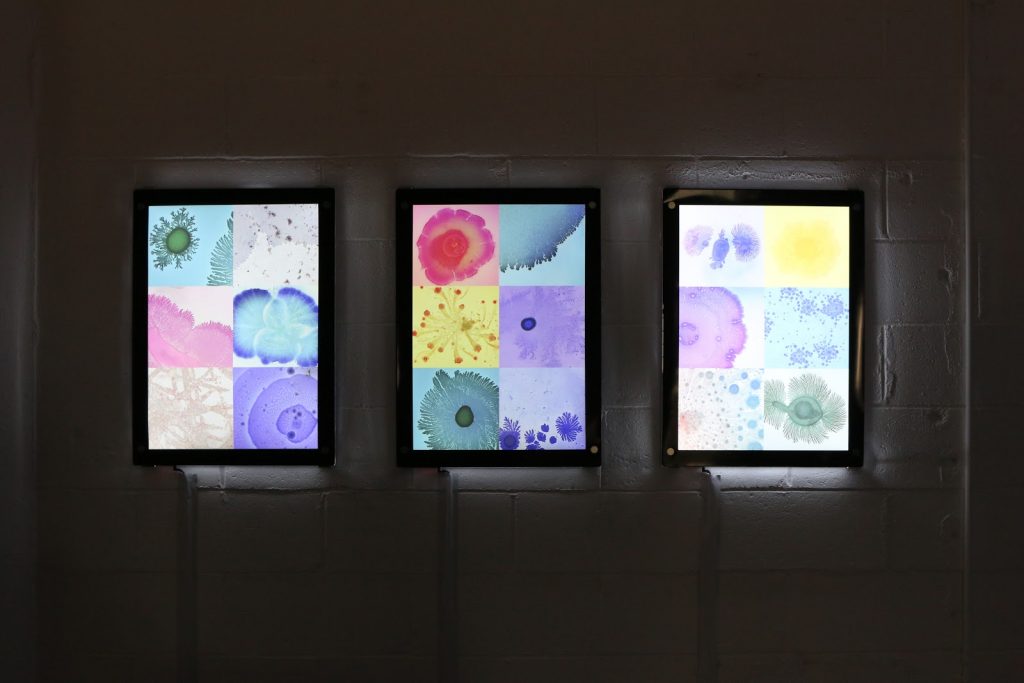
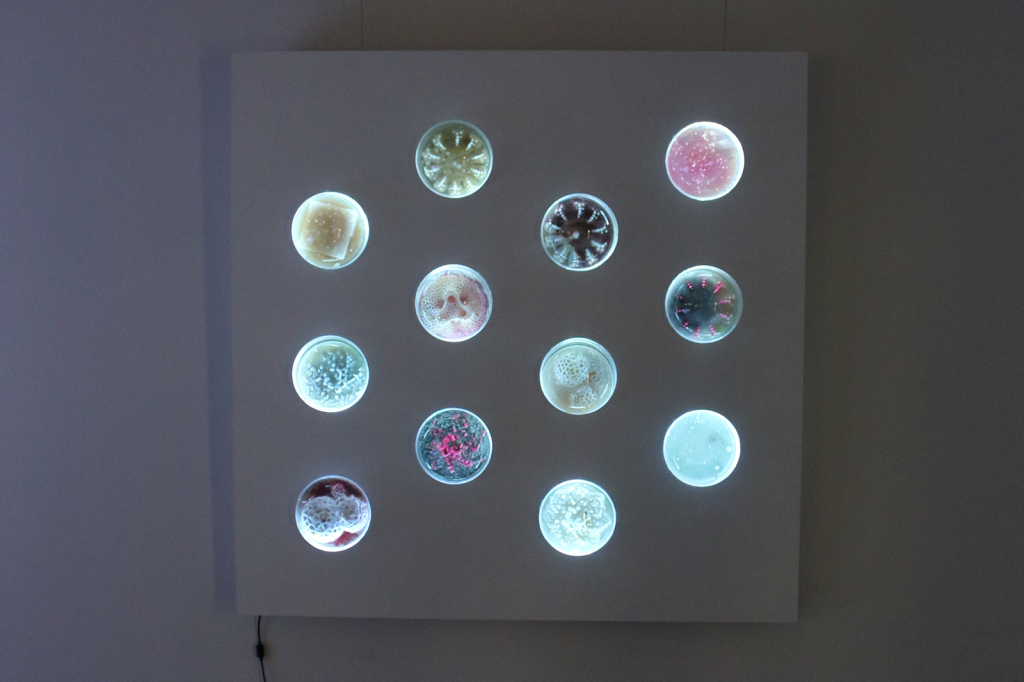
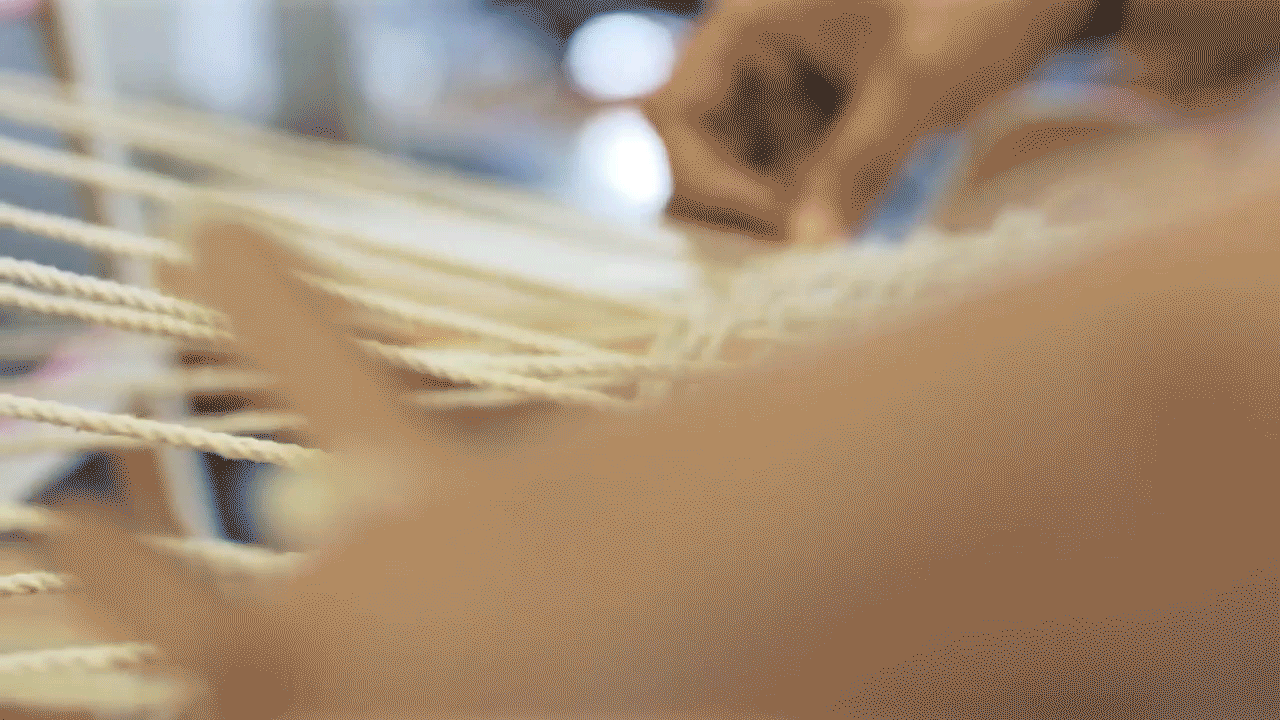
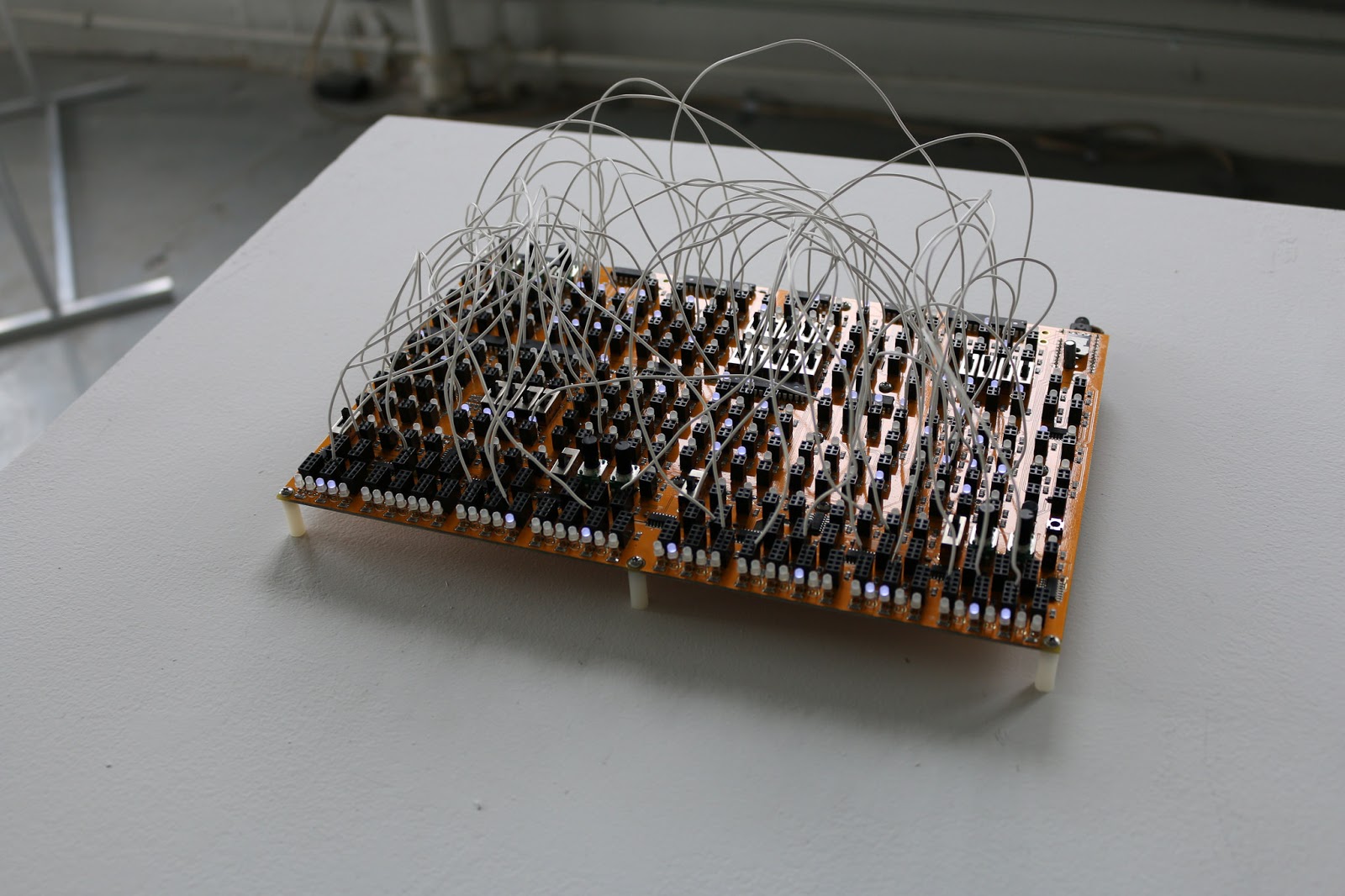


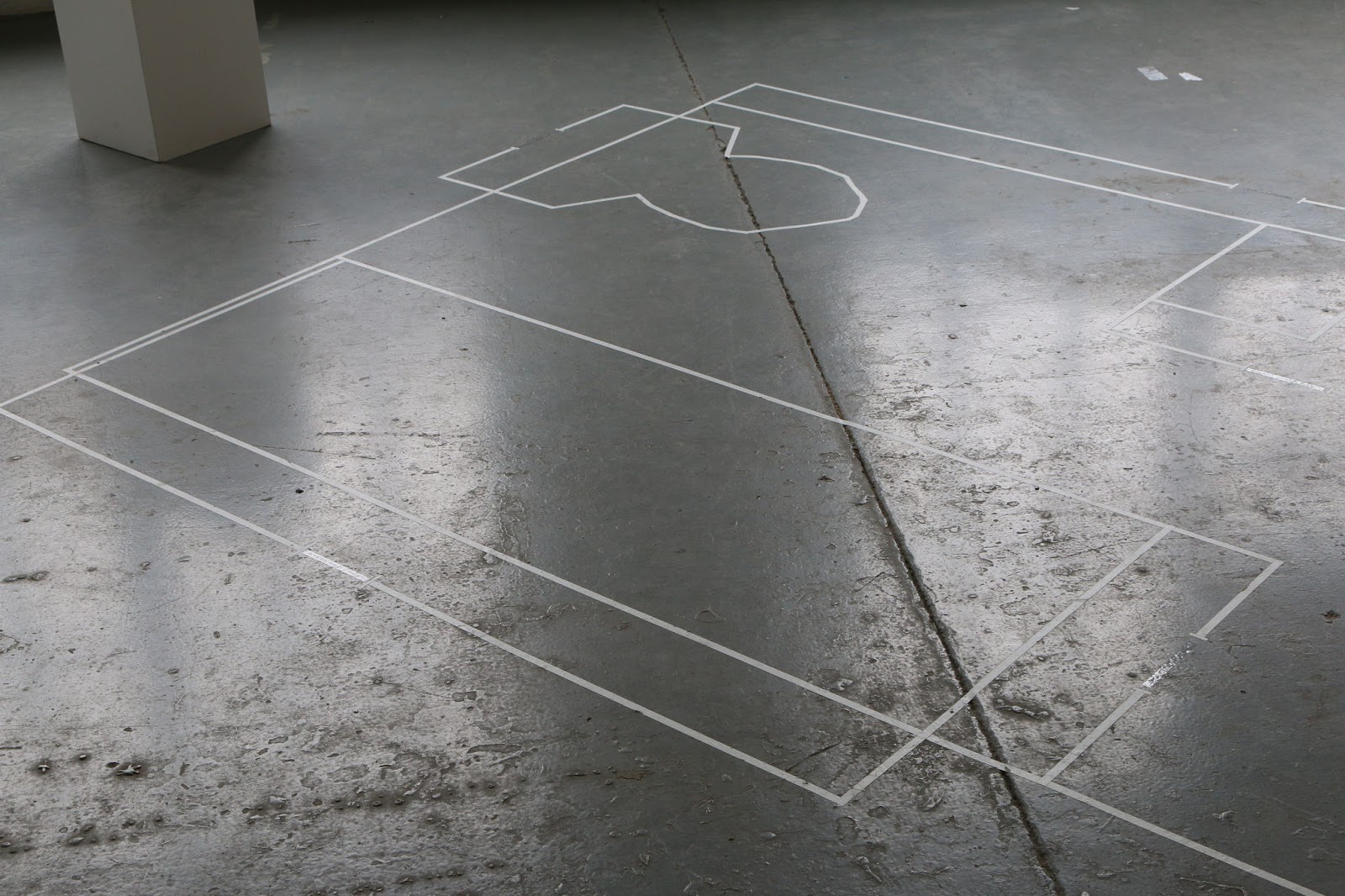 (Created by Jackie Summell, Ron Morrison and Abigail Phillips)
(Created by Jackie Summell, Ron Morrison and Abigail Phillips)
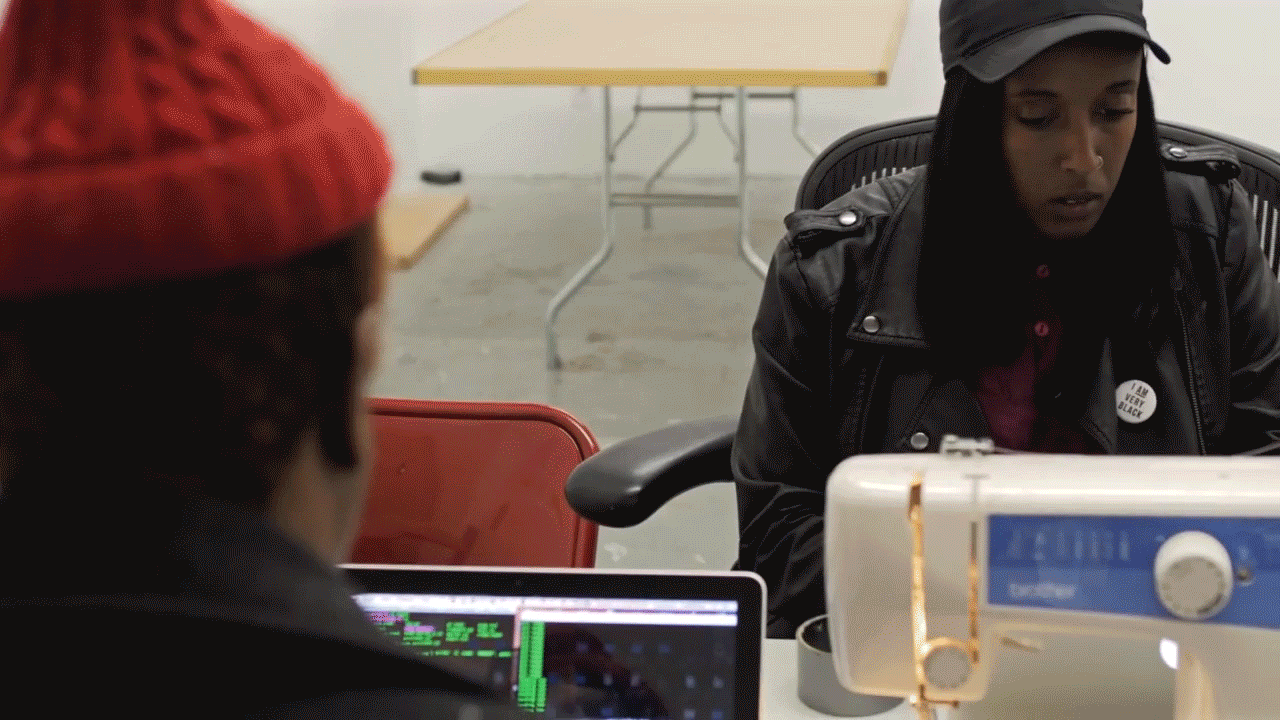 Laura Welzenbach is Program Manager at Eyebeam, and curated the exhibition To Scale, which was recently displayed at Eyebeam from May 14 - 26, 2016. You can see a 360 tour here, and documentation of the great events we held. Jeevan Farias and David Borgonjon contributed to this post.
Laura Welzenbach is Program Manager at Eyebeam, and curated the exhibition To Scale, which was recently displayed at Eyebeam from May 14 - 26, 2016. You can see a 360 tour here, and documentation of the great events we held. Jeevan Farias and David Borgonjon contributed to this post.
There is always a pattern—especially in apparent randomness.
Bryan Ma created PRNG, a series of of works that explore the idea of random, attempting to expose the mathematical patterns contained in the results of pseudo random number generation algorithms.[iframe src="http://whoisbma.github.io/rnd10/" ]
We’re at the point where we can tell bacteria to dance.
Tal Danino’s Microuniverse used natural and engineered bacteria and fungi to create pictures that resembled something cosmic: As he says, “the scale of bacteria and cell in our bodies is so small, yet controls all of life as we know it.”
And soon, we’ll be able to program human life.
Annelie Koller, who is also a designer at Modern Meadow, one of the first firms to take lab leather to market, created this sculpture that puns on bacterial cells as a kind of architectural cell—a “biopticon.” “We’re getting to the point where we can engineer synthetic biology to program artificial intelligence.”
Which is all to say: manufacturing could become more local and humane.
Like with Pamela Liou’s open source loom, which lets people design their own fabrics on a computer, and then weave them on their desk!
It could even become more artistic.
Brendan Byrne’s Theseus platform, based on an analog modular synthesizer, is entirely digital, making it usable for a wider variety of electronic and video synthesis applications.
Machines can see everything that we can.
The Unresolved Image was developed by Frédéric Eyl & Richard The; it is fractal like, one image resolving into another depending on a viewer’s distance. “Scaling, or rather: zooming may allow us to gain insights about the world we live in, yet it also removes the perspective on a wholer picture.”
And even things that we can’t see.
Starting in 2009, the NYPD began to take 360-degree photographs of the scenes of police-involved shootings. Some of those photos were leaked to Niko Koppel, who began to interview some of these survivors.
There is injustice everywhere—but there is also creativity everywhere.
This project, Solitary Gardens, is a garden bed built in the exact dimensions of a solitary confinement cell—through an app, the creators want to raise awareness about the cruel and often politically motivated practice. (Created by Jackie Summell, Ron Morrison and Abigail Phillips)
(Created by Jackie Summell, Ron Morrison and Abigail Phillips)
That's what makes it possible to imagine something that's not just new, but better.
The Iyapo Repository, for example, is a museum for artifacts from an African future: everything from pills that allow you to access ancestral memories, to armor that video records your surroundings. It's one way that Salome Asega and Ayodamola Okunseinde are working with others to imagine an alternative future. Laura Welzenbach is Program Manager at Eyebeam, and curated the exhibition To Scale, which was recently displayed at Eyebeam from May 14 - 26, 2016. You can see a 360 tour here, and documentation of the great events we held. Jeevan Farias and David Borgonjon contributed to this post.
Laura Welzenbach is Program Manager at Eyebeam, and curated the exhibition To Scale, which was recently displayed at Eyebeam from May 14 - 26, 2016. You can see a 360 tour here, and documentation of the great events we held. Jeevan Farias and David Borgonjon contributed to this post.